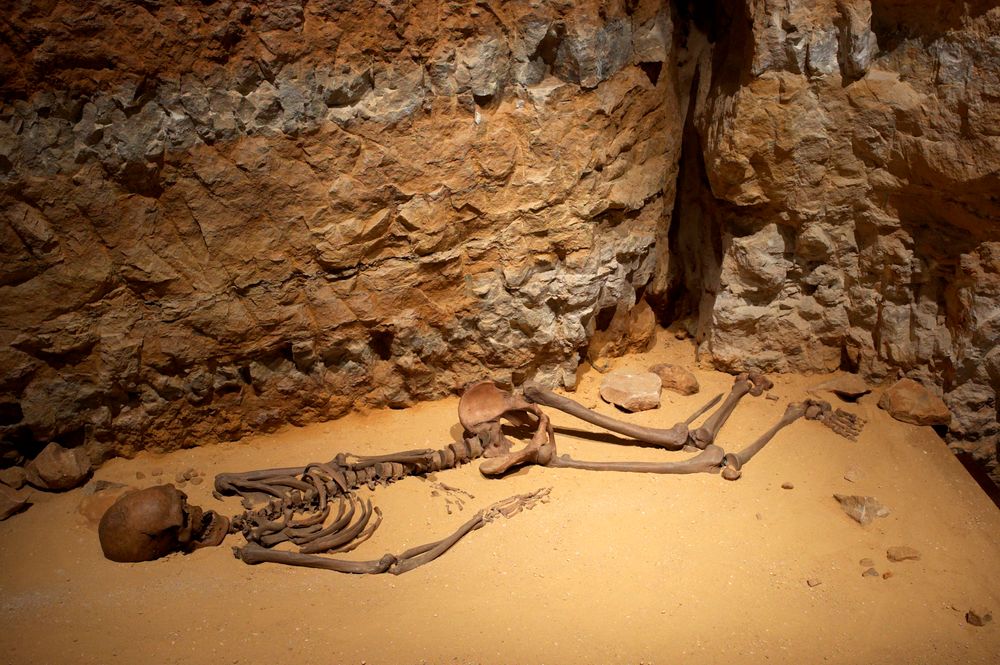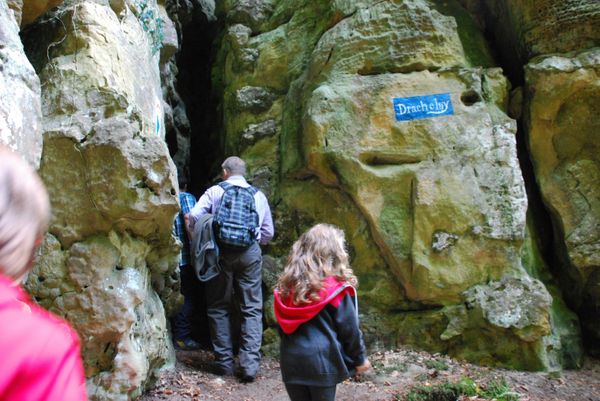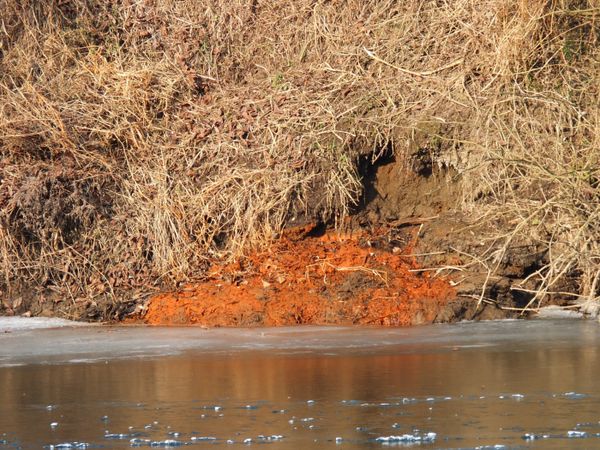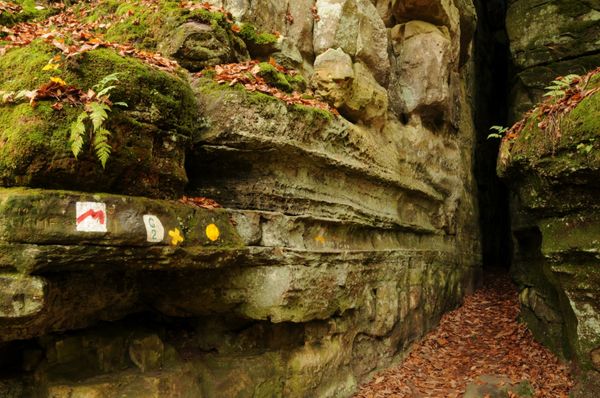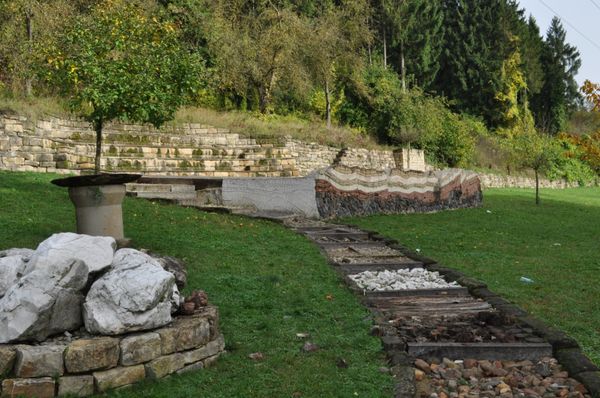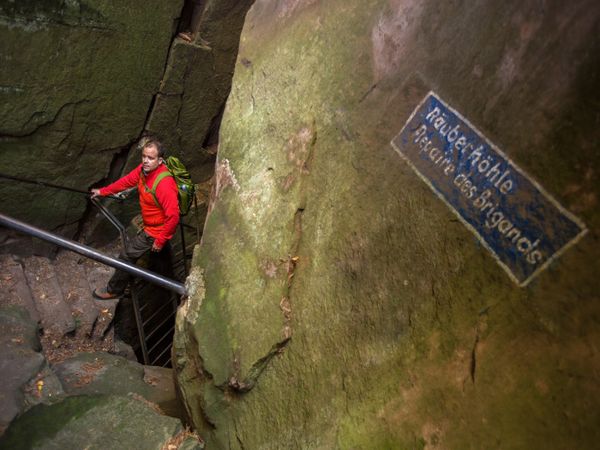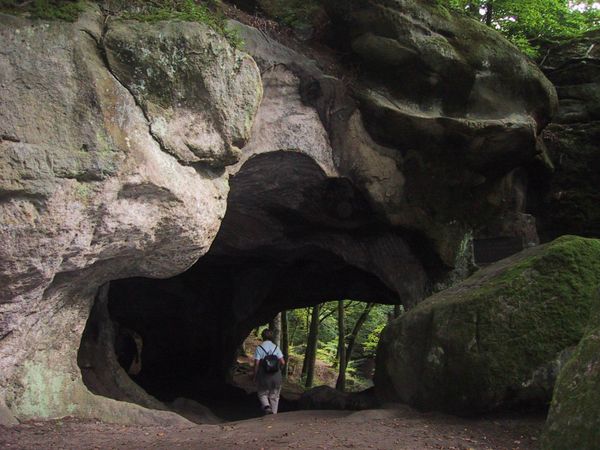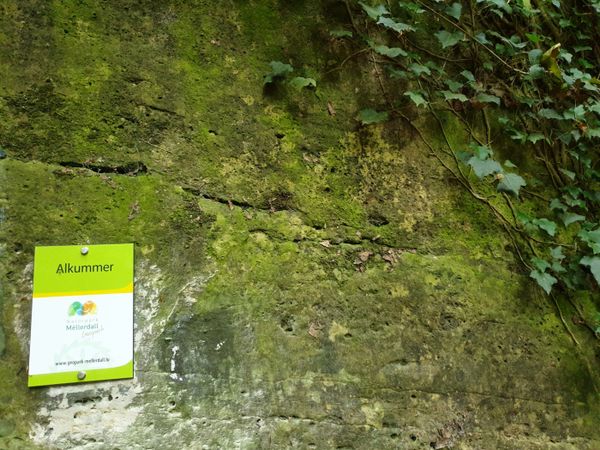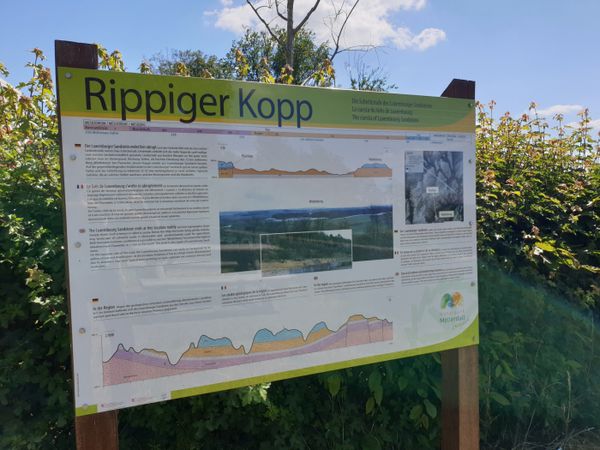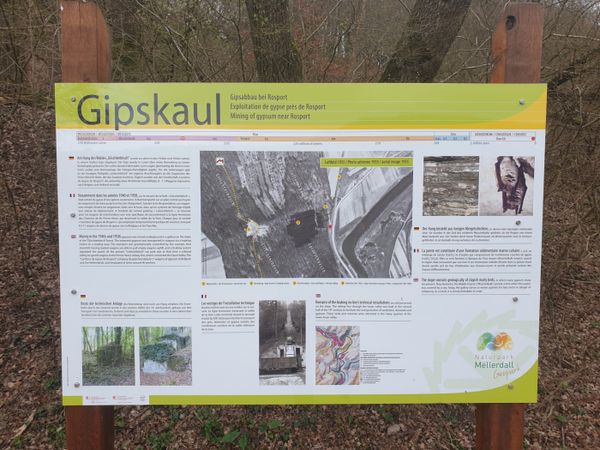

Lëschbuer
Where? L-6239 Marscherwald
The oldest Luxembourgers lived in the Mullerthal Region – Luxembourg’s Litte Switzerland
In 1935, a complete skeleton was found near the village of Heffingen. It had been burried underneath the rock formation called "Lëschbuer". Due to the place where it had been found, the skeleton was called Lëschbuermann or "Lëschi" and is considered to be the oldest Luxembourger. Lëschi lived about 8,000 years ago, was 1.60 m tall and weighed about 60 kilos. At the time of his death he was between 34 and 47 years old, had brown hair and blue eyes.
Not far from the site, burnt remains of a woman were found a few years later. In contrast to the Lëschbuermann, the woman had been cremated. The Lëschbuerfra lived about 1,000 years before the Lëschbuermann and is thus the oldest Luxembourger woman.
The rock formation Lëschbuer is located in the municipality of Heffingen, about 2 km downstream from the Reiländer Millen, on the left bank of the Black Ernz. You can reach the rock overhang via the local hiking trail H1.
Today, you can visit the original of the hunter-gatherer in the National Museum of Natural History in Luxembourg City.
Opening hours

